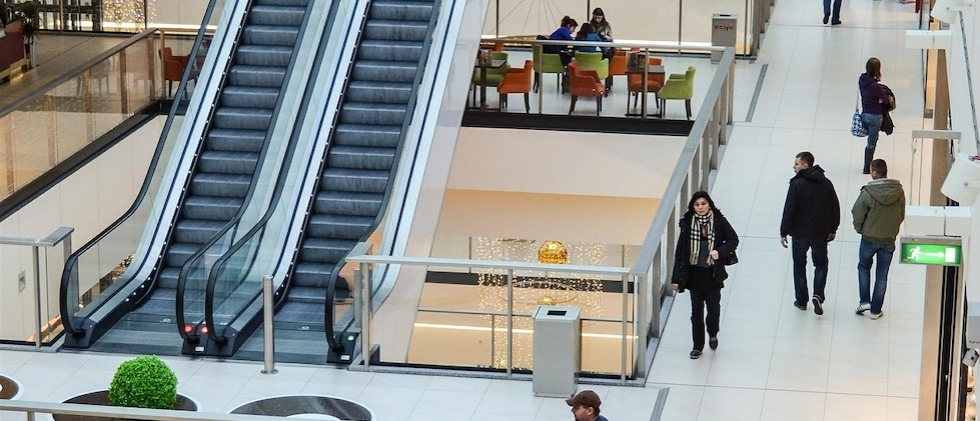Solutions
Accidents on public thoroughfareFalls in commercial establishments open to the public.

The injuries suffered by customers or users in public places such as shops, hotels, restaurants, cinemas, etc., to create liability there must be a requirement so the cause of this damage must come from some kind of guilt or negligence, either by act or omission of the entity or person in charge of this public place.
Note that although this type of accident was being applied by our courts, until the end of the nineties, with an almost strict liability, which meant that the commercial store had the burden of proving negligence of the victim to avoid responsibility in the accident,
Injuries suffered by clients or users in public establishments such as shopping centres, hotels, restaurants, cinemas, businesses, etc., may result in liability provided that the damage suffered involves some type of fault or negligence, due to an action or omission, of the person or entity in charge of the business in question.
Up until the end of the nineties, our courts applied, an almost objective liability to these accidents, which meant that the establishment carried the burden of proof to demonstrate the negligence of the victim in order to absolve itself of the responsibility of the accident.
In recent years, the Supreme Court has reintroduced greater restrictions for these types of claims into our compensation system.
In recent years, the Supreme Court has reintroduced greater restrictions for these types of claims into our compensation system, moving away from the innovative risk theories that any gainful activity can generate and applying other new ones such as that of the general risks of life that exist in all activity (Supreme Court rulings 11/11/2005, 02:03:06, 17/07/03, 31/10/06, 07/17/07, among others), obliging the person who suffers the damage to accredit, in addition to the damage that occurred in the establishment, that there is some type of fault or negligence off the party responsible for the business in order to obtain compensation.

The Law of Consumers and Users and the new influence that the Supreme Court has wished to place on article 1902 of the Civil Code in these claims, obliges us to study this type of damage in a completed individualised manner, including among others, the following elements:
- The level of negligence of the business owner in relation to the improper conditions which are liable to cause personal injury.
- The dangerous conditions created that are actually attributable to the owner of the premises.
- The level of diligence of the injured person, finding out if as a user they should have assumed the risk that caused the injury or if on the contrary it was a risk that they did not have to bear.
- The proper behaviour of the injured person, that is to say, the correct use of the facilities or services.
- Warnings or signs that alert users about the possible danger of this place or service.
In these types of cases it is very important that the victim provides sufficient evidence not only accrediting the injury and that it was caused within the business in question, but rather, it is necessary to show that it was the consequence of some type of action or negligent omission of the business owner.

